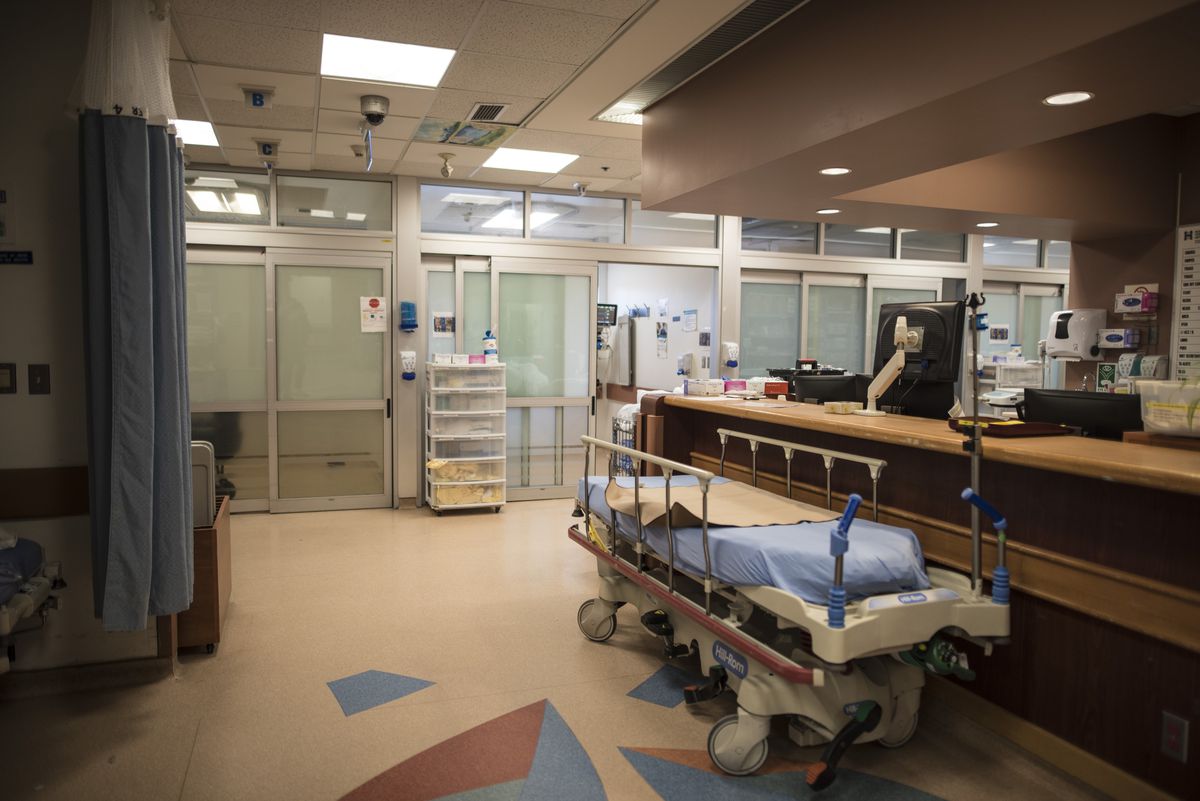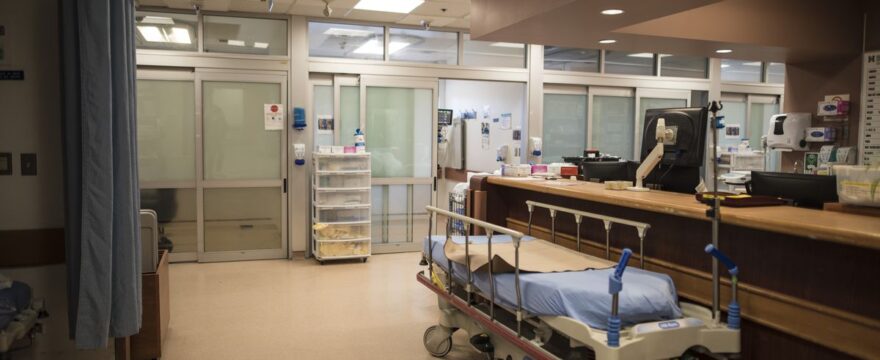A 2019 study shows that patients at low-rated U.S. hospitals have a high risk of dying from medical errors, fatal infections, and safety gaps. This finding stresses the importance of Americans checking rankings of their local hospitals before enlisting for their services.
The study is based on data collected from around 2,600 U.S. medical centers since 2016. The findings show that some of the lowly ranked hospitals in the nation pose a higher risk of death for patients.

Leapfrog Hospital Safety Grades
Leapfrog Group assigns grades to hospitals after examining their safety and quality. This non-profit allocates letter grades, between A and F, to hospitals and is a more stringent grader compared to the federal government that doesn’t give failing marks. The Leapfrog rankings, published on May 15, 2019, assign failing or near-failing grades to 168 U.S. hospitals.
Other Grades:
- Approximately a third of over 2,600 hospitals rated got an A grade.
- Around 25% of hospitals received a B grade; 36% got a C, and 6% received a D. The risk of preventable death for patients at C-ranked hospitals was 88%, while those at B-ranked hospitals had a 35% risk of preventable death.
Even A-rated hospitals are not completely safe. Researchers, however, established that these hospitals are continuously becoming safer. If all hospitals managed an A-level performance in 2019, they would have saved nearly 50,000 lives compared to 33,000 lives that they would have saved in 2016 by attaining an A-level performance. Around 160,000 lives are lost every year from preventable medical errors that are covered in the Leapfrog Hospital Safety Grade.
Common Patient Safety Situations in Low-Rated Hospitals
Millions of patients are injured or killed every year due to unsafe or inadequate care. The following are some of the common patient safety situations in low-rated U.S. hospitals.
Hospital Infections
Hospital-acquired infections are rampant in low-rated hospitals. They are caused by fungal, bacterial, and viral pathogens. Bloodstream infection (BSI), surgical site infection (SSI), ventilator-associated pneumonia (VAP), and urinary tract infection (UTI) are examples of hospital-acquired infections.
Unsafe Injection Practices
Dangerous injection practices in hospitals can transmit infections, such as hepatitis B and C and HIV. They also directly endanger the lives of both patients and medical practitioners. Re-usage of needles and syringes coupled with unnecessary use of injectable medications are common examples of unsafe injection practices in low-rated hospitals.
Unsafe Transfusion Practices
Unsafe transfusion practices, including unnecessary or unsuitable transmissions, increase the risk of patients suffering from severe adverse transfusion reactions as well as deadly infections that are transmissible through transfusion. They also cause a scarcity of blood products in hospitals.
Diagnostic Errors
A diagnostic error refers to failure to develop a correct and timely description of the patient’s health issue(s) or failure to inform the patient about that description. In other words, diagnostic errors are diagnoses that are inaccurate, late, or missed altogether.
Unsafe Surgical Care Procedures
Unsafe surgical care procedures leave many patients severely injured or dead. According to a 2009 WHO report, about 7 million surgical patients develop serious complications every year, with 1 million of them dying during or right after surgery.
